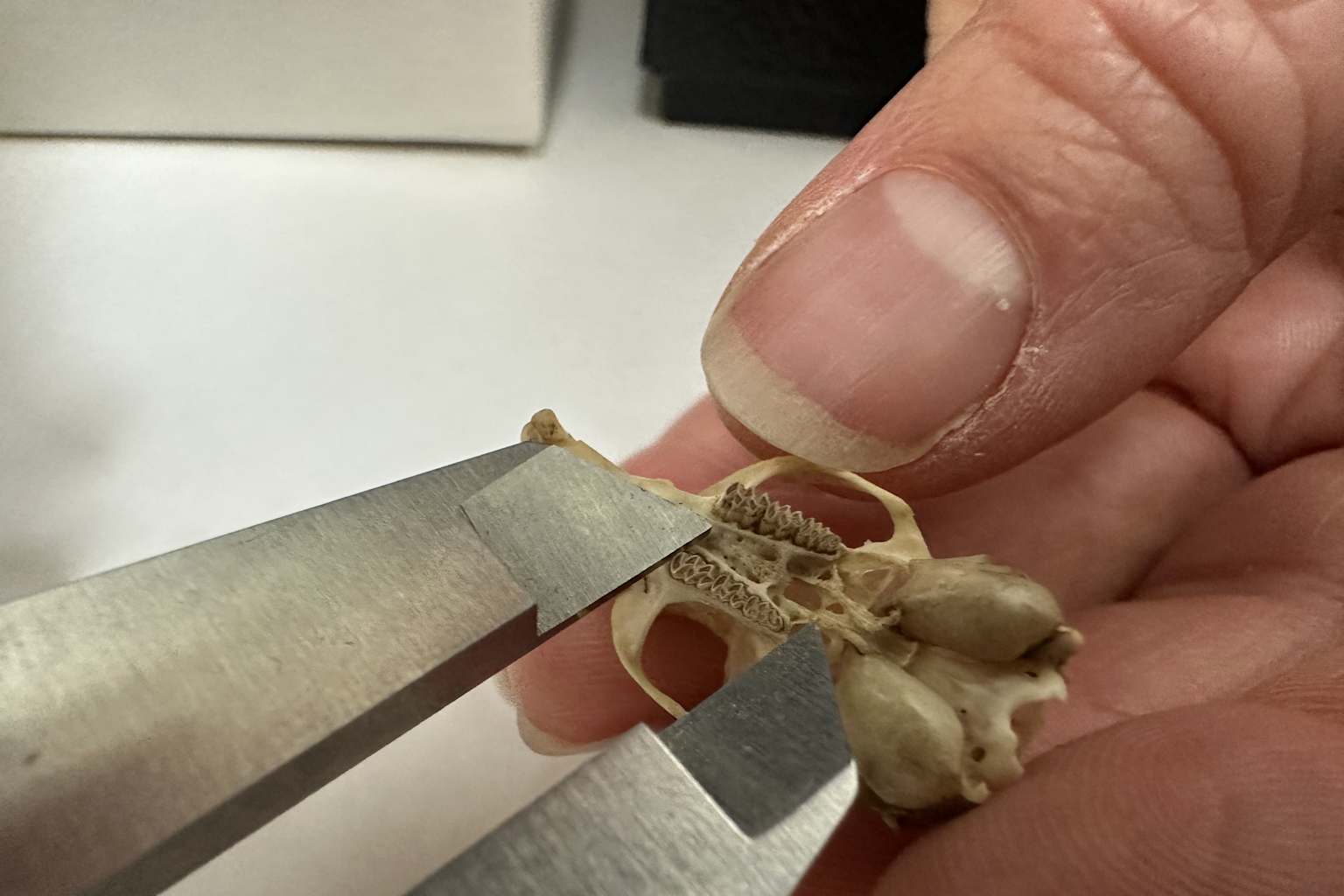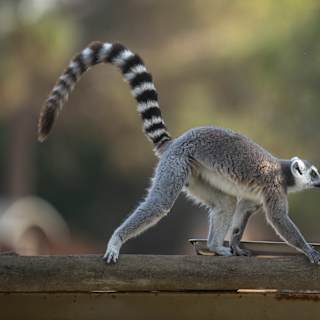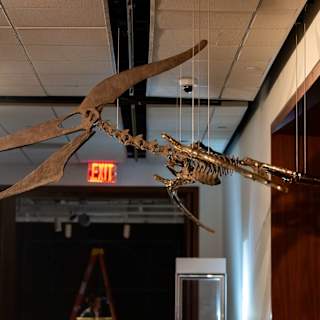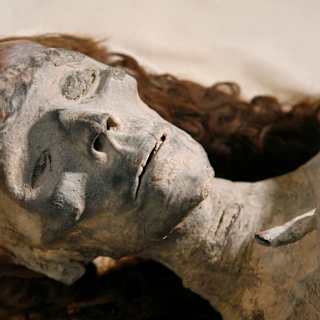- Skulls Tell Story of Urban Adaptation
- Urbanization, Not Climate, Drives Changes
- Evolution in Museum Drawers
A century of museum specimens has revealed that Chicago's small mammals are reshaping their skulls in real time to survive city life, according to research published today that offers rare evidence of evolution unfolding at human timescales.
Scientists at the Field Museum analyzed skulls from eastern chipmunks and meadow voles collected over 125 years and found that urbanization has driven measurable changes in bone structure as the rodents adapt to fundamentally different diets and soundscapes than their rural ancestors.

The chipmunks developed larger skulls but smaller teeth over the past century, changes researchers attribute to a shift toward eating processed human food rather than hard nuts and seeds1. Meanwhile, voles evolved smaller auditory bullae—bone structures housing the inner ear—possibly to help them cope with the constant noise of city life1.
"Over the last century, chipmunks in Chicago have been getting bigger, but their teeth are getting smaller," said Anderson Feijó, assistant curator of mammals at the Field Museum and study co-author. "We believe this is probably associated with the kind of food they're eating. They're probably eating more human-related food, which makes them bigger, but not necessarily healthier"1.
The study, published in Integrative and Comparative Biology, examined 132 chipmunk and 193 vole skulls from the museum's collection of more than 245,000 specimens1. Researchers used 3D scanning technology to detect changes invisible to the naked eye1.
To identify what caused the skull modifications, researchers compared the morphological data with historical temperature records and satellite imagery tracking urban sprawl back to 19401. Climate changes could not explain the skull alterations, but the degree of urbanization could1.
The findings add to growing evidence that cities are accelerating evolution in unexpected ways. Previous research documented similar skull changes in Manhattan brown rats over 120 years2, while studies of New York City rats found genetic differences between neighborhoods just blocks apart3.
"Museum collections allow you to time travel," said Stephanie Smith, study co-author and Field Museum mammalogist. "Instead of being limited to studying specimens collected over the course of one project, or one person's lifetime, natural history collections allow you to look at things over a more evolutionarily relevant time scale"1.
The research builds on Chicago's reputation as a living laboratory for urban wildlife adaptation, where Lincoln Park Zoo scientists are simultaneously studying how the city's rat populations navigate human-dominated landscapes2.
"Change is probably happening under your nose, and you don't see it happening unless you use resources like museum collections," Smith concluded1.



